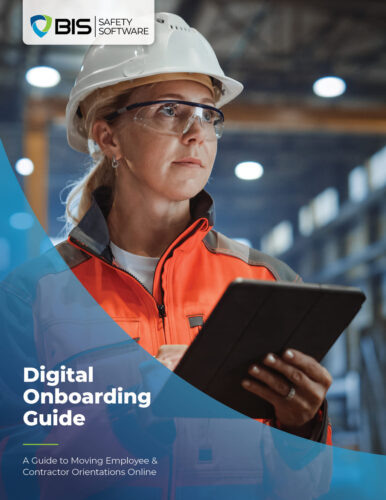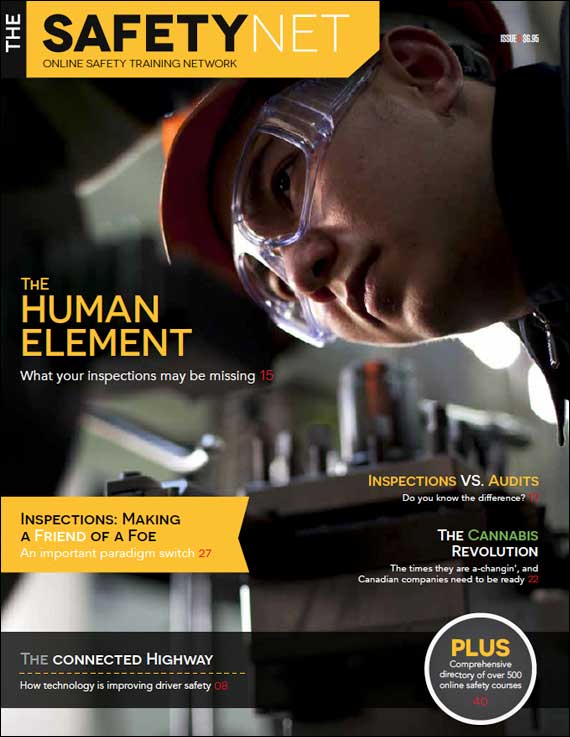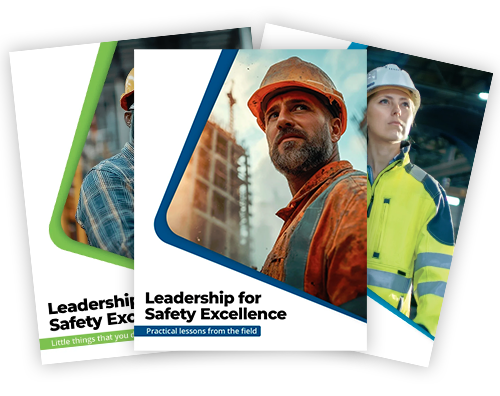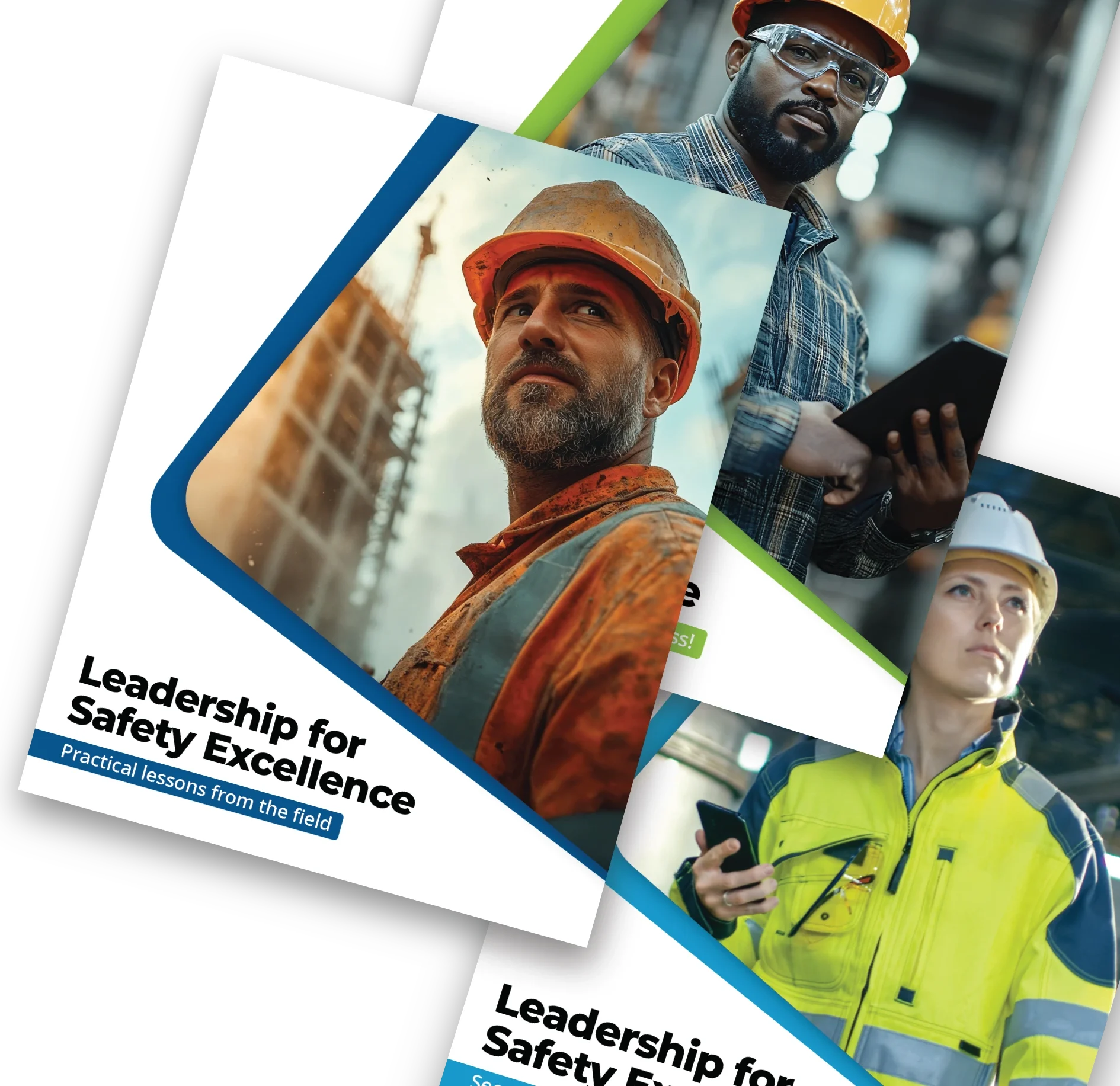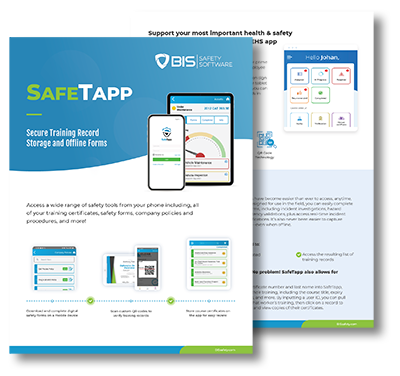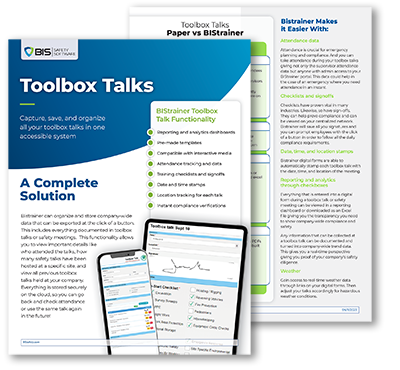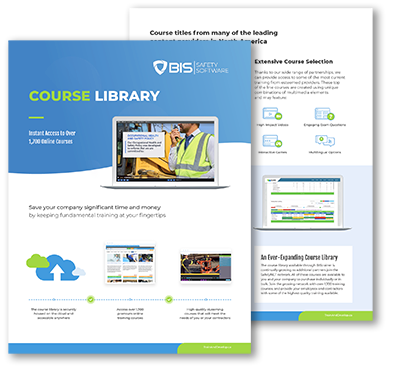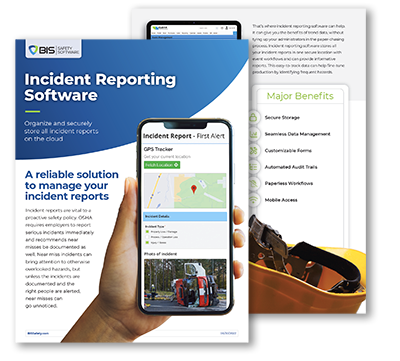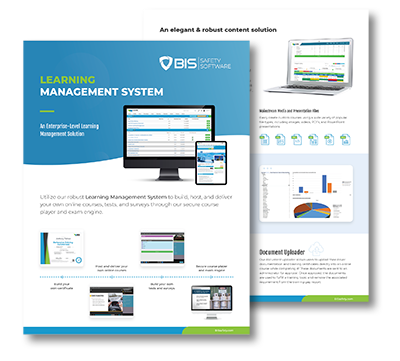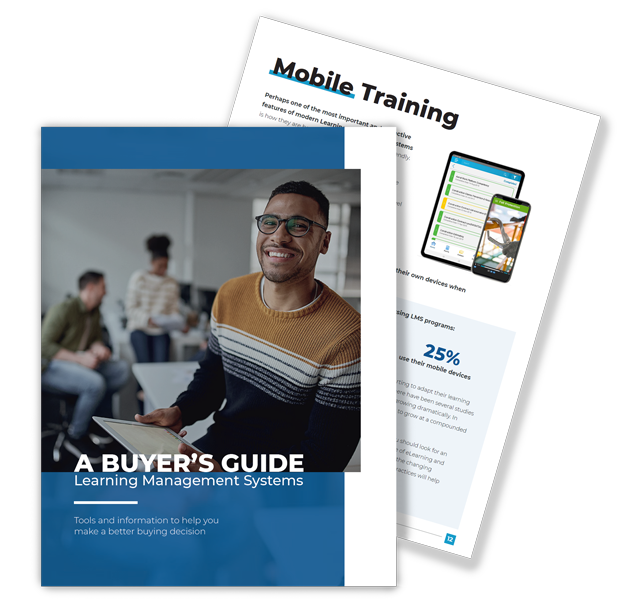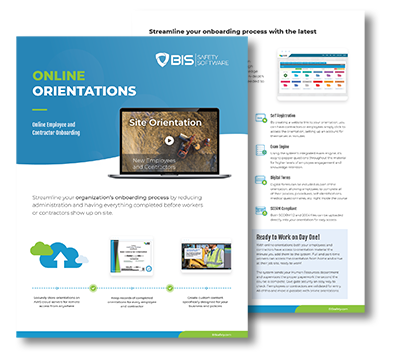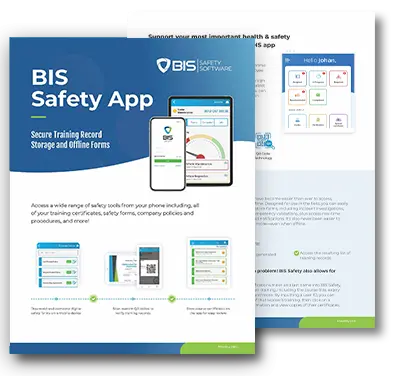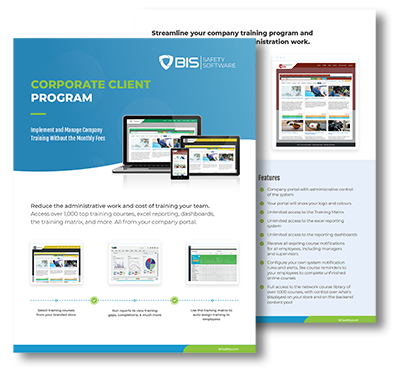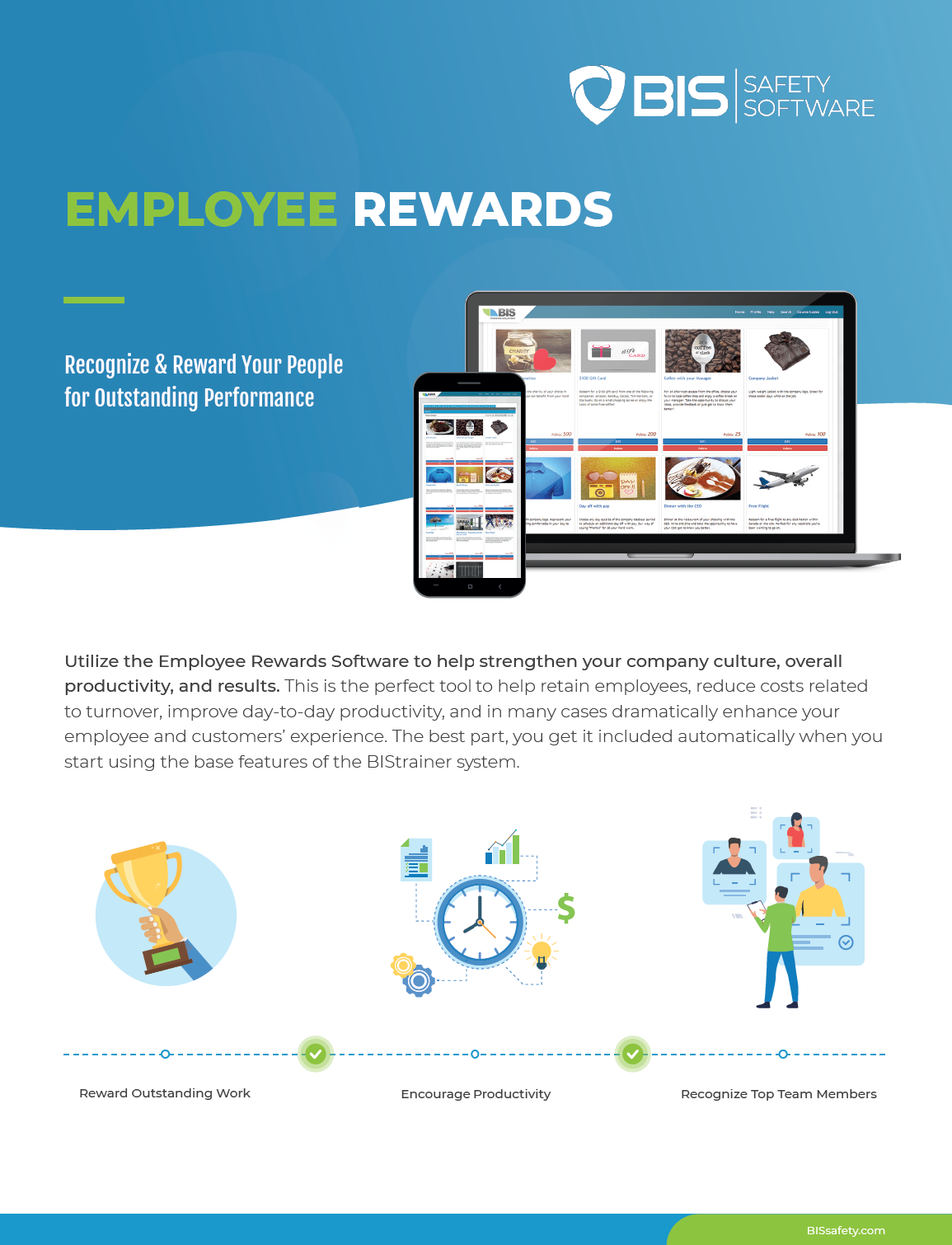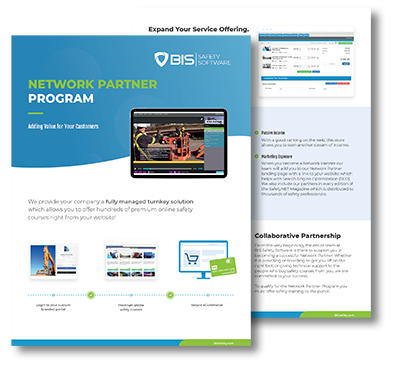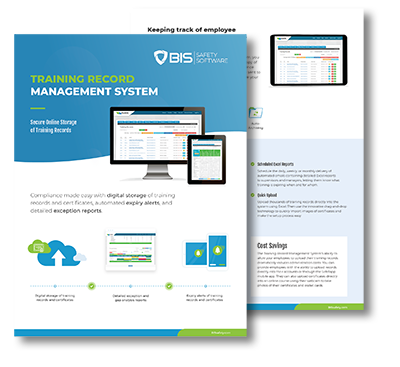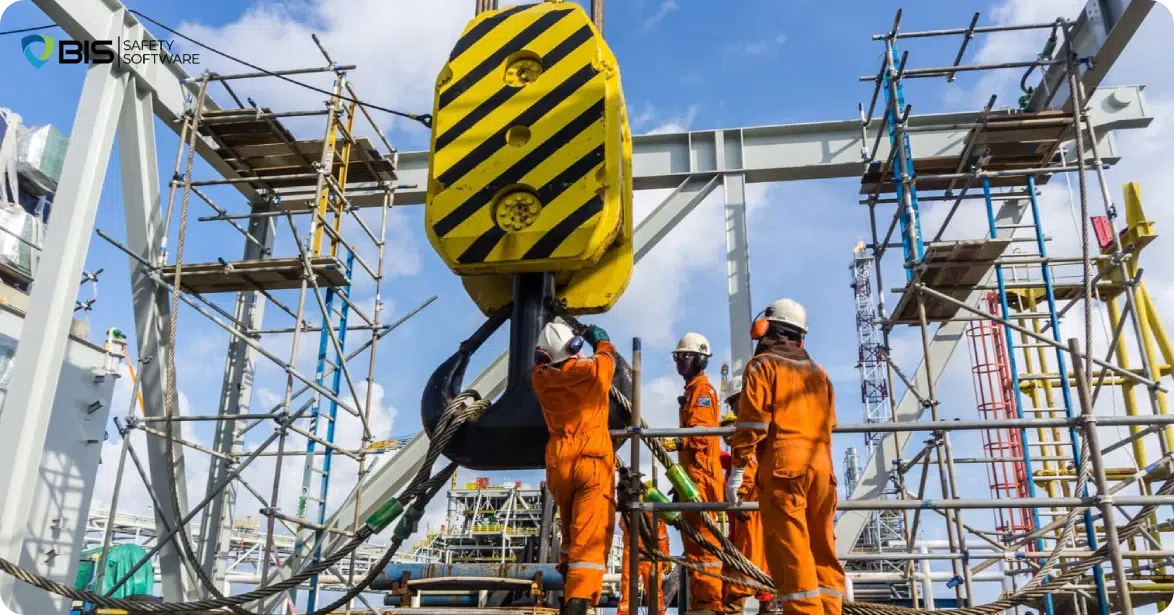
I’m Too Good to Get Hurt—The Dangerous Confidence Behind Workplace Complacency
Some workers believe they’re untouchable. After years—sometimes decades—on the job without a major injury, they begin to treat safety rules as optional. PPE becomes a nuisance, procedures are skipped, and warnings go ignored. In their eyes, the past is proof they’ll always walk away unscathed.
But that belief? It’s a lie. And it’s a deadly one.
“When I was younger, it was usually the guy who had injured himself and he became the safety guy. It was like drawing the short straw. But safety has really grown since then.” — Allan James Moore, HSE Leader
The Dangerous Trap of Routine
The more time someone spends in a high-risk job without incident, the easier it is to think accidents won’t happen to them. But experience should be a safety enhancer—not a reason to become reckless.
“Confidence isn’t the problem. Complacency is. People start thinking, ‘I’ve done this a thousand times.’ That’s when things go wrong.” — Jeff Mulligan, COO, Aztec Safety
Seasoned workers often skip basic precautions because they’ve “never had an issue.” But that logic crumbles fast the moment something goes wrong. One missed harness. One unsecured load. One distraction. That’s all it takes.
“A fellow had given a safety talk on fall protection… the next day, he didn’t do what he’d advised. He fell off and impaled himself on rebar. Everyone who saw or heard about it was affected.” — Jeff Mulligan
When Familiarity Breeds Laziness
Over time, familiarity with a task breeds shortcuts. And that’s when overconfidence transforms into real danger.
“You can have the best systems, the best equipment… but if people don’t feel empowered to use them, you’ll always struggle to be safe.” — Dr. Johanna Pagonis
Cutting corners may seem harmless—until it becomes the norm. Once shortcuts become accepted, they spread. New hires watch and imitate. Before long, a relaxed safety attitude infects the whole team.
“They see safety as an impediment, something to work around. But if they’re proud of their programs, if they care deeply—then culture changes.” — Jeff Mulligan
No One is Bulletproof
Even top performers have off days. And not all incidents are within anyone’s control. Mechanical failures. Environmental hazards. Other people’s slip-ups. Experience can’t prevent what you can’t predict.
“Safety isn’t just about protecting your body—it’s about caring for the people around you. If not, you’ll always find ways to cut corners.” — Dr. Johanna Pagonis

How to Shift the Culture
If you want to break the “invincible worker” mindset, safety leaders must do more than preach rules. They need to change perceptions—and that starts with leading by example.
“Lead with the heart. Ground safety in emotional intelligence. On some level, you have to care about your fellow human being.” — Dr. Johanna Pagonis
“We often only get the wake-up call after something terrible happens. The key is to instill safety before the cost is human.” — Jeff Mulligan
Practical steps to change the conversation:
- Share real stories. Use true examples of experienced workers hurt on the job to remind teams that nobody is immune.
- Model safe behavior. Supervisors should be the standard, not the exception.
- Confront risky actions. Don’t let “It’s fine, I’ve done it before” go unchecked.
- Make safety emotional. It’s not just about compliance—it’s about going home alive.
- Train often. Safety lessons fade fast. Repeat and reinforce.
- Foster trust. Build a culture where speaking up about risks is respected, not punished.
Don’t Be the Cautionary Tale
The employees who believe they’re too skilled to get hurt are often the first to go down. Arrogance isn’t a strategy—it’s a setup for disaster.
When it comes to workplace safety, everyone falls into one of two groups: those who learn proactively, and those who learn through pain. Choose wisely.





